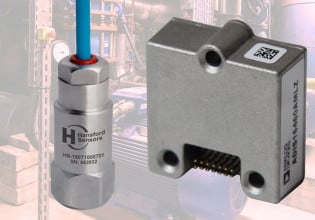M
Dear List;
I am faced with a project concerning algorithm development for control valves and its impact in liquid transient creation (waterhammer).
Do you know of practical guidelines? How could I put it as a constraint in an algorithm independently of the controller technology?
Best regards
I am faced with a project concerning algorithm development for control valves and its impact in liquid transient creation (waterhammer).
Do you know of practical guidelines? How could I put it as a constraint in an algorithm independently of the controller technology?
Best regards






